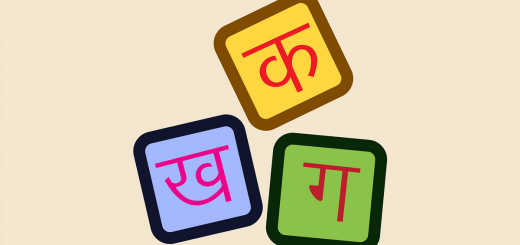Preparing For The SAT
If you are beginning the school year as a junior in high school, then it is likely that you will be taking the mother load of all standardized test: the SAT college preparation test. A word of advice: going into the SAT completely unprepared is not the way to go about this. You will be stuck in the test room for an agonizing 3 to 4 hours wondering why you didn’t make your life easier. The SAT is not a difficult test per say, but merely a test that tests you on basics, but with a twist. Understand these twists, and you’ve mastered the test.
The SAT is composed of three sections: reading, writing, and math. When it comes to the writing section, the only advice here is to work on your grammar skills. There’s really no other trick to it then learning the rules of grammar you’ve been learning all your life. We suggest you pick up a SAT preparation book in order to go over what comes up the most on the writing section, such as pronouns and infinitives. Reading sections test you on your ability to read comprehensively, and your ability to pick the best (or worst) vocabulary word in a fill-in-the-blank section. It is extremely important to pay attention to the instructions in these fill-in-the-blank sections because the test makers will occasionally instruct you to pick the worst choice, and if you go in automatically assuming that the instructions ask for the best choice, you’ve lost around 10 points there already.
There are a couple of tips for the reading comprehension section. These are usually split up into two different styles. The first is a long, one passage and answer component, and the other is a two-passage comparison component. When it comes to dealing with the two passages, we suggest you answer the questions pertaining to only one passage first, and then dealing with the ones that look for comparisons between passages. Since the two passages will often be shorter, it is better to read through both of them thoroughly so you can locate the differences and similarities between viewpoints. When it comes to one long passage, skimming is ok because time is of the essence. Most of the questions will have exact line references so it will be easy to locate exactly where and what the question is. The answer to these questions is usually within three sentences above or below the line reference, so read those lines carefully.
The math section covers anything up to Algebra 1. It will not go past this level, so you do not need to worry about trigonometry or pre-calculus. Those topics are covered only if you wish to take the SAT II Math 2C exam. The SAT math section has multiple choice and grid-in questions. Work on the multiple choice first because they are easier and will ensure you more points. They also get harder as they go on, so try your absolute best to make sure you don’t miss points on the easier ones in the beginning. You will encounter algebra and functions, geometry, numbers and operations, and statistics and probability. You are allowed to bring a calculator to use during the math sections, so don’t forget one! It will help make your life a lot easier and save you calculation time. Don’t forget to bring batteries either just in case your calculator dies halfway through the test. Number 2 pencils are required for the SAT test, so make sure you bring a couple to your test center on test day.
About The Author
Charles bloom is a lover of fine arts and most of all writing. With extensive traveling and life experiences, writing is used as an avenue to express his thoughts, memories and opinions
The author invites you to visit: http://www.visionpencils.com


